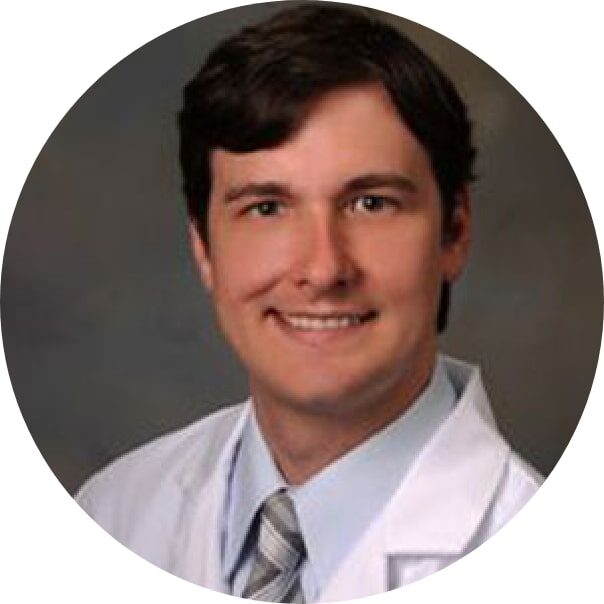
Tired of feeling stuck with swallowing difficulties?
Dysphagia Treatment Can Help

By Brian T. Levatino, M.D.
At the Gastroenterology Clinic, a common issue for which many of our patients seek help is swallowing difficulties, also known as dysphagia. Swallowing trouble can be encountered while eating solid foods, drinking liquids, or taking oral medications. Patients often have the sensation of food taking longer to reach the stomach or food getting stuck in the neck or chest, causing discomfort.
One cause of dysphagia is a mechanical abnormality in the esophagus that obstructs the flow of food. Rings or thin bands of tissue that create narrowed areas in the esophagus can form over time. Strictures or scar tissue from chronic reflux disease is another common dysphasia cause. Gastroenterologists use an upper endoscopy, also known as Esophagogastroduodenoscopy or EGD for short, to properly diagnose the condition. It involves a thin camera inserted into the esophagus to visualize, dilate, and treat the narrowed areas. The EGD is a quick outpatient procedure that is performed with mild sedation. Some patients experience relief from their swallowing difficulty immediately following the procedure.
Another cause of dysphagia can have more of a neuromuscular component interrupting the swallowing function. Your esophagus contracts and pushes food into your stomach when you swallow. Circular muscular sphincters inside the esophagus then open to let food and liquid through. After swallowing, the muscles close to prevent food, liquid, and stomach acid from coming back up. For some patients, these coordinated efforts are disrupted by weakened esophageal muscles or the failure of the sphincter muscles to relax appropriately.
There are many different reasons that this swallowing interruption can occur. One test that we use to diagnose the issue is Esophageal manometry, which measures the strength and rhythmic coordination of esophageal muscles as they move food from your mouth to your stomach. It also evaluates the sphincters at the top and bottom of the esophagus, known as the upper esophageal sphincter (UES) and lower esophageal sphincter (LES).
With normal swallowing, the UES opens only when a person is swallowing food and otherwise remains closed. Peristaltic contractions then move the food down the esophagus. At the bottom of the esophagus, the LES opens to allow food to empty into the stomach. Once the food has passed, it remains closed to prevent stomach contents from going back up into the esophagus. Esophageal manometry works to uncover any breakdown in the swallowing process to help your gastroenterologist determine the appropriate therapy.
If you are struggling with swallowing issues, talk to your doctor or make an appointment to see a gastroenterology specialist at the Gastroenterology Clinic in Monroe, West Monroe, Ruston, or Bastrop.
***
